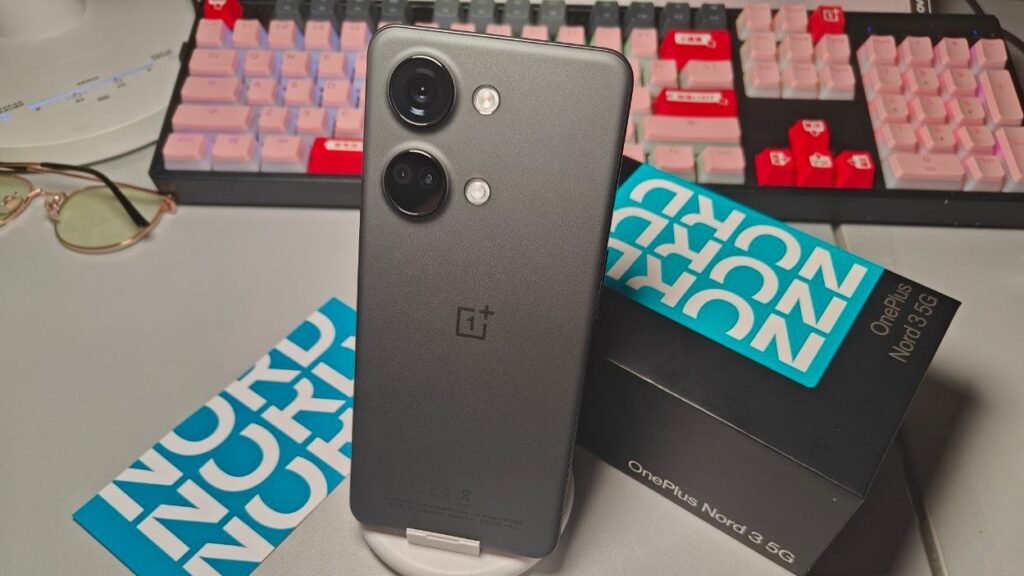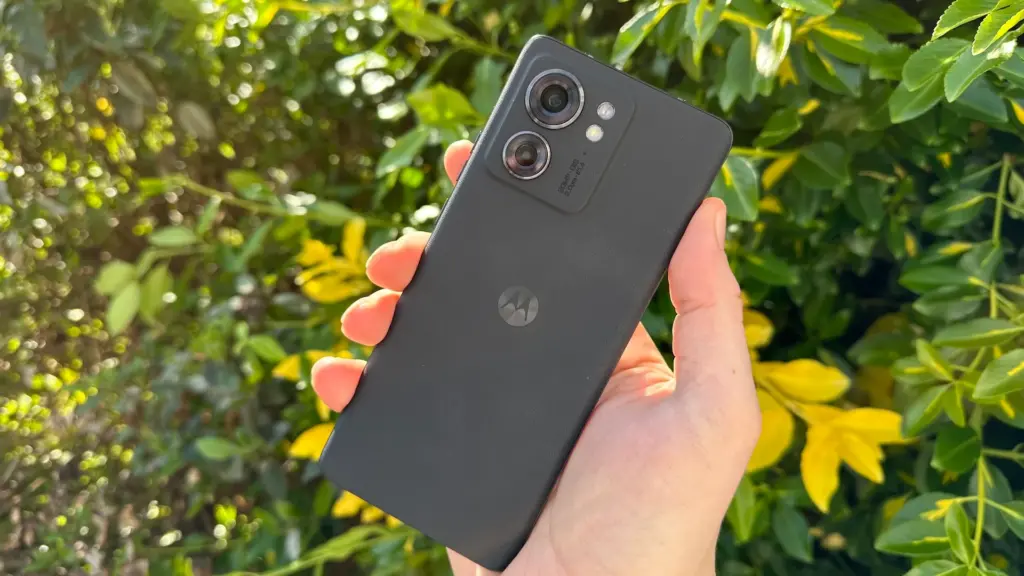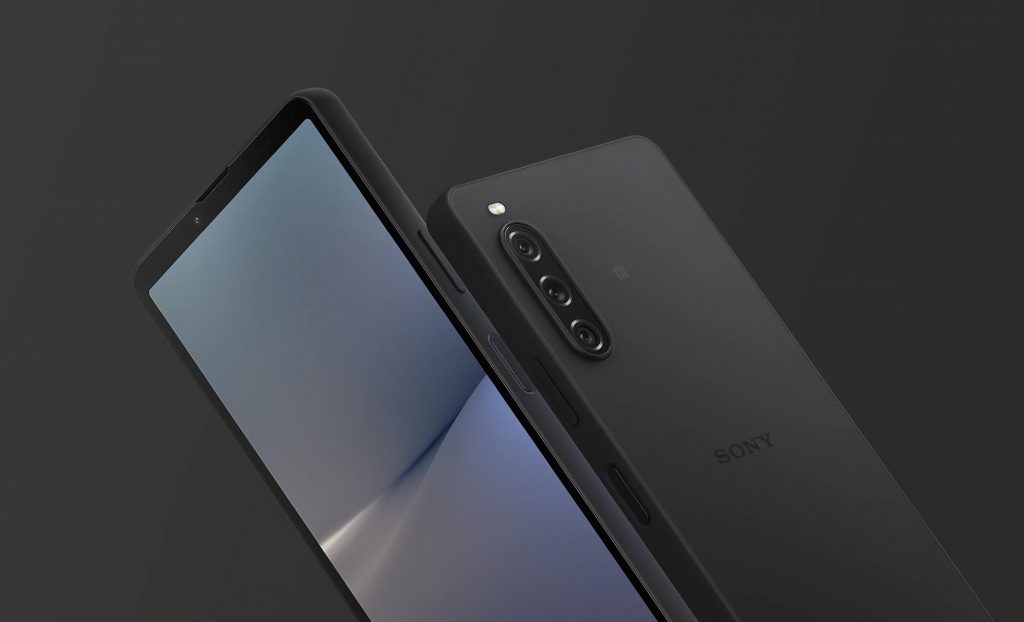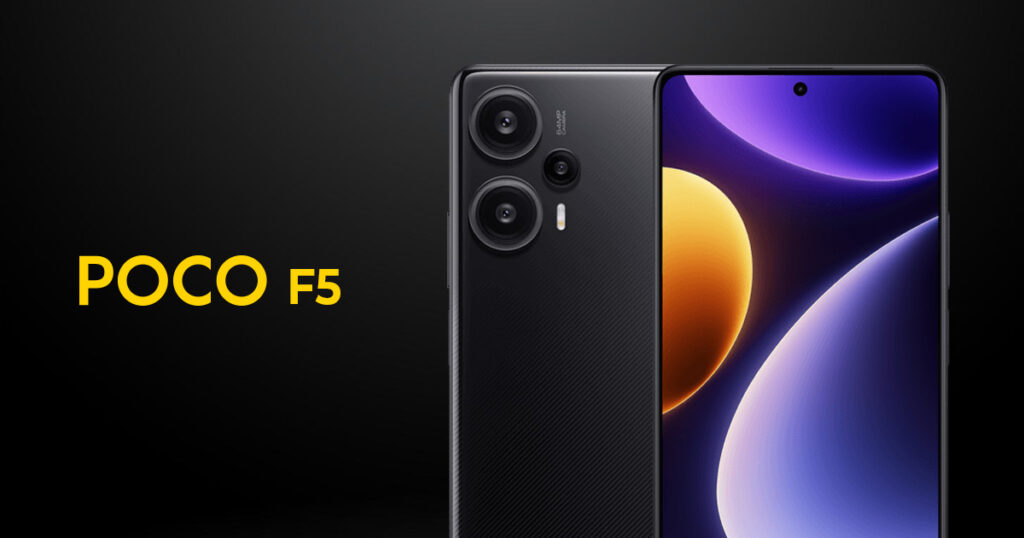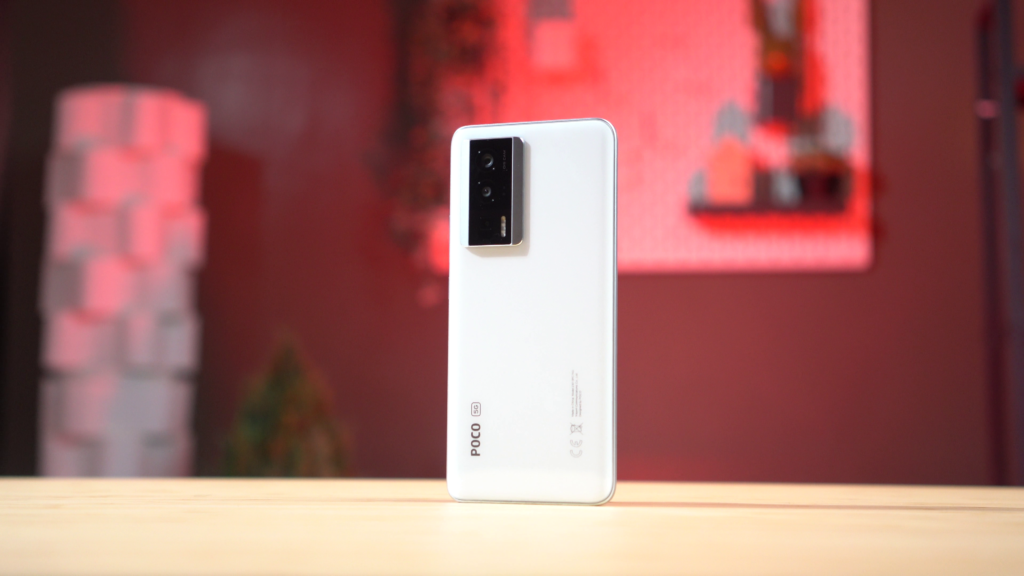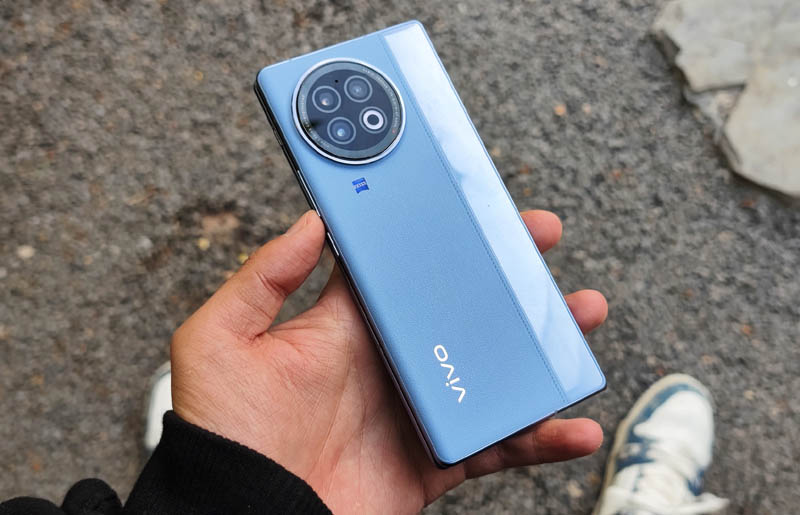Poco F5/Redmi Note 12 Turbo review
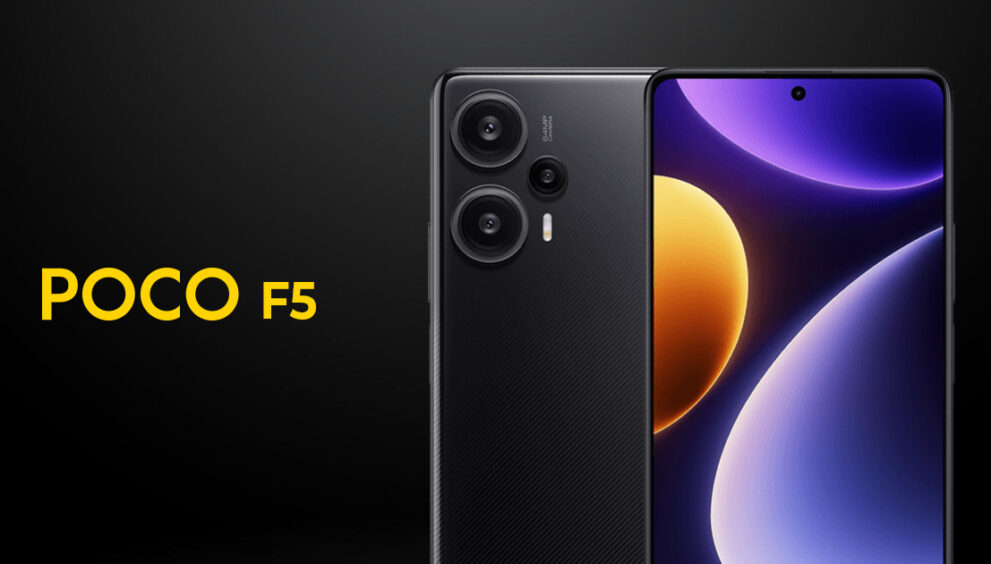
Introduction and specs
The F5 and the F5 Pro are almost identical in size and core features, but upon closer look at the specs sheet, we start to see how they differ in some niche aspects. Still, both phones are aimed towards the budget-conscious crowd, with the F5 Pro acting as an affordable flagship.
The subject of this review, however, is the vanilla Poco F5 and it’s important to note that the F5 carries a different name in some markets – Xiaomi Redmi Note 12 Turbo. The latter was released back in March, so you can use this review as a reference if you are deciding on buying the Redmi Note 12 Turbo, as we doubt we’d get hold of a review unit for that one any time soon.
The handset offers a few notable upgrades over its predecessor while maintaining the same price point (the F4 launched for €400). It’s a great choice if you are looking for a capable midranger with some upper-tier features on the side.
- Body: 161.1×75.0x7.9mm, 181g; Gorilla Glas 5 front, plastic back and frame; IP53, dust and splash resistant.
- Display: 6.67″ AMOLED, 68B colors, Dolby Vision, HDR10+, 120Hz, 500 nits (typ), 1000 nits (peak), 1080x2400px resolution, 20:9 aspect ratio, 395ppi.
- Chipset: Qualcomm SM7475-AB Snapdragon 7+ Gen 2 (4 nm): Octa-core (1×2.91 GHz Cortex-A710 & 3×2.49 GHz Cortex-A710 & 4×1.8 GHz Cortex-A510); Adreno 725.
- Memory: 256GB 8GB RAM, 256GB 12GB RAM; UFS 3.1.
- OS/Software: Android 13, MIUI 14 for POCO.
- Rear camera: Wide (main): 64 MP, f/1.8, 1/2″, 0.7µm, PDAF, OIS; Ultra wide angle: 8 MP, f/2.2, 120˚, 1/4″, 1.12µm; Macro: 2 MP, f/2.4.
- Front camera: 16 MP, f/2.5, (wide).
- Video capture: Rear camera: 4K@30fps, 1080p@30/60/120fps, gyro-EIS; Front camera: 1080p@30/60fps.
- Battery: 5000mAh; 67W wired, PD3, QC4, 100% in 46 min (advertised).
- Connectivity: 5G; Dual SIM; Wi-Fi 6; BT 5.3; NFC; Infrared port; 3.5mm jack.
- Misc: Fingerprint reader (side-mounted); stereo speakers.
The standard F5 runs on a brand new Snapdragon 7+ Gen 2 chipset, which hopefully isn’t just a rebranded Snapdragon 778G yet again. The handset also features a familiar 6.67-inch OLED panel with a 120Hz refresh rate and high maximum brightness as its more expensive sibling but at a lower resolution. The camera setups of both devices are identical, and the battery capacity is rated at around 5,000 mAh with support for blazing-fast 67W fast charging. The only difference is that the F5 Pro adds wireless charging to its list of features.

It seems like no matter which device you decide to get, the user experience won’t vary by much. But if wireless charging and a more future-proof SoC, such as the Snapdragon 8+ Gen 1, are up on your priority list, the few extra bucks for the F5 Pro might be worth it. Still, we believe that the F5 will get you 90% of where you want to be, making it presumably the better deal of the two.




